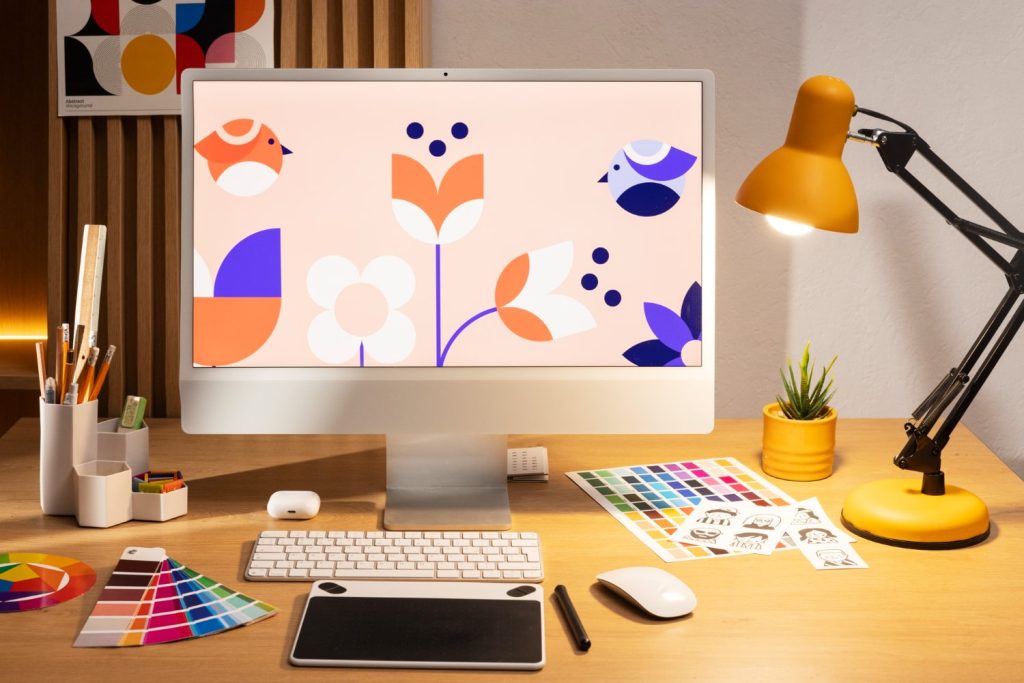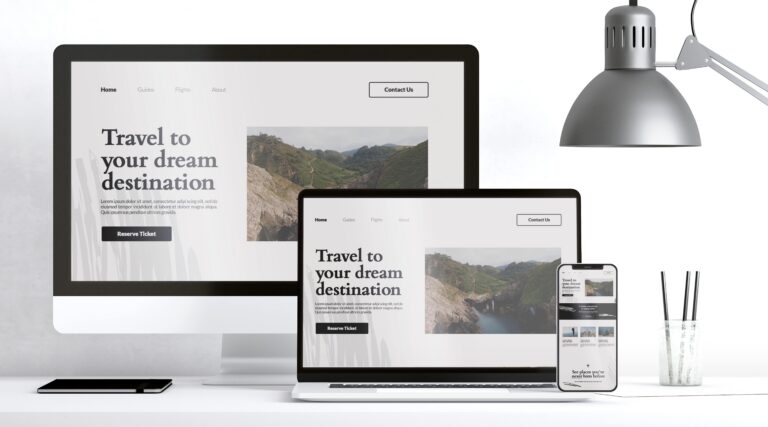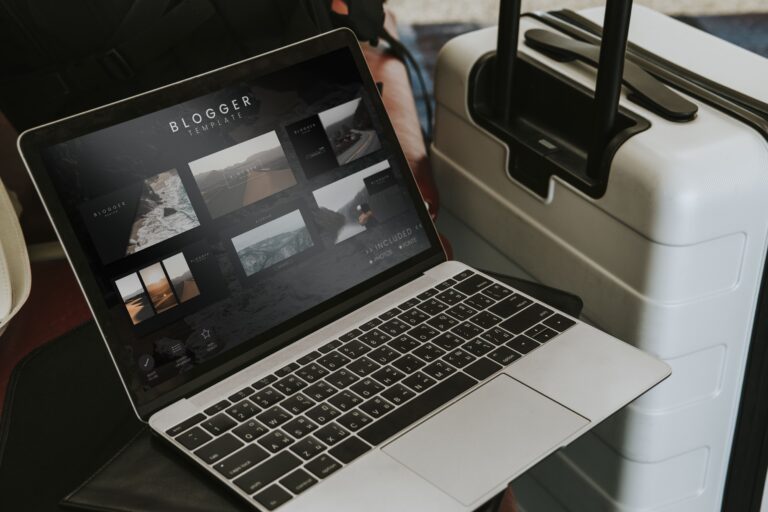As digital expectations rise, modernizing your website in 2025 goes beyond just aesthetics—it’s about combining functionality, performance, and futuristic design trends to engage visitors effectively. Here are eight key design improvements shaping websites this year that you can adopt to refresh your online presence:
1. Sustainable Web Design
With growing attention to environmental impact, sustainable web design is essential. This involves reducing unnecessary video content or disabling autoplay video, optimizing and compressing images, and cleaning and minimizing code (CSS, JavaScript). Choosing a green hosting provider powered by renewable energy also plays a big part. These steps not only lower your website’s carbon footprint but speed up loading times, improve SEO, and reduce operational costs.
2. Bold and Experimental Typography
2025 favors large, bold, and experimental fonts that command attention and improve readability. Oversized typography, unique font pairings, and even retro styles help websites stand out visually and enhance navigation. Sans-serif fonts like Lato or Avenir are popular choices for balancing modernity with clarity.
3. Dark Mode Design
Dark mode continues to be a popular trend for both aesthetics and usability. Offering a dark theme option helps reduce eye strain and conserves battery life on devices with OLED screens. Many websites now provide user-togglable dark modes or match system settings automatically, elevating user experience.
4. Immersive 3D and Interactive Elements
Adding 3D models, spatial navigation, and interactive animations creates a captivating user experience. These elements facilitate storytelling through dynamic visuals and offer engaging ways to showcase products or services. However, optimizing for speed and SEO is crucial to balance performance with immersive design.
5. Micro-Interactions and Micro-Animations
Subtle animations and interactions on buttons, icons, and page elements improve user engagement and guide navigation intuitively. Modern tools allow complex and smooth animations without compromising site performance. This trend enhances the website’s feel and makes digital interactions more enjoyable.
6. Big Blocks with Vivid Contrast
Bold block-based layouts paired with high-contrast colors increase visual impact and organize content into digestible sections. This approach creates natural navigation points and makes the browsing experience more intuitive, often used effectively by SaaS and creative brands.
7. Brutalist Design Revival
A resurgence of brutalist style integrates bold typography, grid layouts, monochrome palettes, and a raw, honest presentation. Rejecting overly polished aesthetics, brutalism offers authenticity and direct communication, appealing to brands wanting to stand out distinctly in a saturated digital space.
8. Personalized AI-Driven Design
AI is increasingly embedded in website design to offer personalized experiences—adapting layouts, content, and calls-to-action based on user behavior and preferences in real time. This trend empowers websites to be more responsive and customer-centric, driving conversions and engagement.
Conclusion
Implementing these eight design improvements will help your website meet modern standards in usability, aesthetics, and environmental responsibility while delivering more engaging, interactive, and personalized experiences to visitors in 2025. Together, these trends reflect a shift toward user-focused, sustainable, and visually compelling digital landscapes.
By embracing these changes, businesses and creators can future-proof their websites, stand out from competitors, and create meaningful connections with audiences.
Stay Ahead with the Latest Tech & Business Insights!
Get trending news, expert tips, and industry updates—delivered straight to your inbox.
"*" indicates required fields



